

deep insights, facts & figures

The foreign DIY retailers are still setting the tone in the Russia of today Before the financial crisis Russia was regarded as something of a DIY wonderland. The annual growth rates in this market reached 20 to 25 per cent.
Then came a bitter setback in 2009. Rosbusinessconsulting, a market research and consulting firm, estimates the loss at 26 to 28 per cent in US dollars and ten per cent in roubles. This was caused by falling income and a seven per cent decline in housing construction. The volume of mortgage loans shrank to one quarter. However, last year the industry found its way back to the old growth path. Infoline, which is considered to be the leading market research institute for the Russian retail scene, puts a figure of 20 per cent on growth in the DIY sector last year. It also forecasts that the rates of increase will not be below 15 per cent in the next few years. And John Herbert, general secretary of EDRA and an authority on the international markets, sees Russia as the number one growth market. He expects to see double-digit rates of growth for 2011. Market activities are played out almost exclusively in the western part of the Russian Federation, and particularly in the metropolises of Moscow and St Petersburg. The Asian part, by contrast, has scarcely been opened up. There are just three DIY stores in Irkutsk, and only two in Vladivostok over in the far east of the continent. The Russian DIY market – unlike the Food market in Russia, where the leaders are local chains – is dominated by companies from western Europe. Unlike some of their Russian competitors, Obi, Leroy Merlin, Castorama and K-Rauta grew their sales even in the year of the financial crisis and opened new stores in 2010. The strongest local chains are Maxidom and Metrika. Having opened three stores last year in Yekaterinburg, Krasnodar and Moscow, the German retailer Obi, in the country since late 2003, now operates 18 outlets there. Particularly striking is the fact that the new store in the capital is just 4 500 m² in size, less than half that of the previous stores. It marks the company’s turning towards a new format. Leroy Merlin, a sales channel of the French Groupe Adeo, arrived in Russia one year later and now has 17 DIY stores operating in Russia following two openings. At least two more are scheduled for 2011, and the company intends to move to locations including Krasnoyarsk and Novosibirsk in 2012. Castorama also arrived in Russia that same year. Meanwhile the retailer, which belongs to the British Kingfisher Group through its French parent company, now has 14 stores in the country following two openings and an investment of US $ 30 mio. Since 2004 the Finnish Kesko Group, too, has…
Related articles
Read also

 Menü
Menü



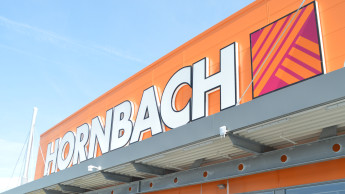
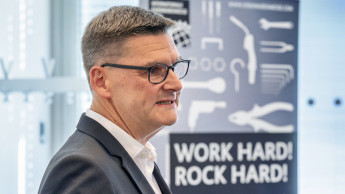
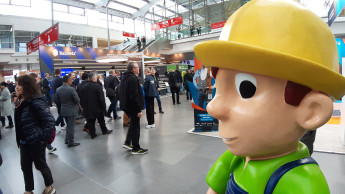




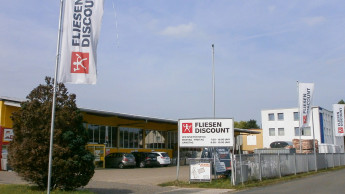
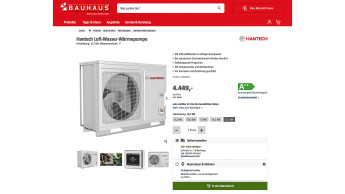
 Newsletter
Newsletter